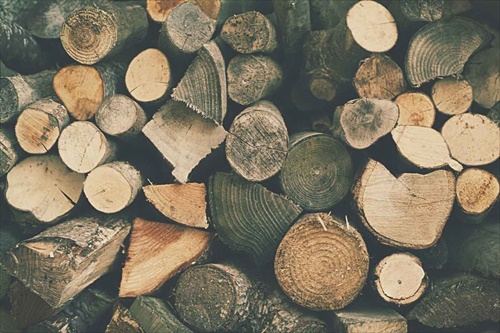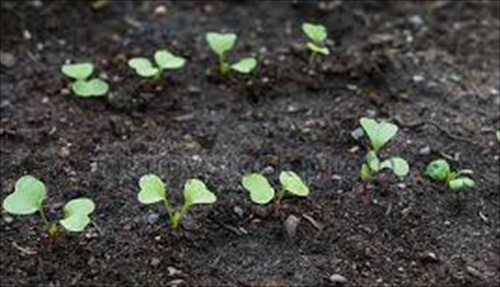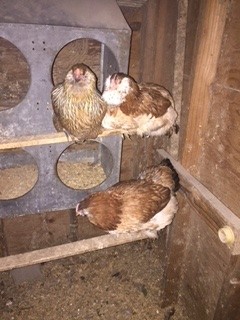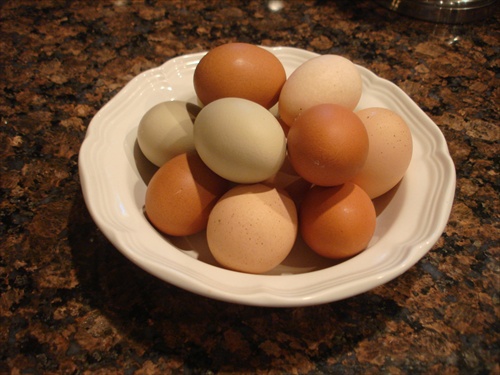Archive for December, 2016
The Lifecycle of Firewood
It’s rare that on a cold winter’s day while sitting by a roaring fire we think about firewood…its life or its lifecycle. But, we should.
Whether we heat our homes with gas or electric or propane or heating oil, the cost is going up, not soon to come down again. For many, the rise in cost is pushing them toward less expensive, renewable ways to heat their homes. They are turning to firewood as an alternative to turning down the thermostat, they are rejecting being cold and uncomfortable.
Fire has been used for thousands of years as a way to ward off the cold, firewood was the mainstay of keeping hearth and home together by our ancestors. Not only did they use it for heat, but they also cooked by wood burning stoves well into the 1900’s. Even now, many have grown to appreciate the warmth and beauty (if not the economy) of a blazing wood fire.
It was during one such relaxing moment in front of the fire that I began thinking about the whole cycle of what brought that stack of firewood to my house and into my firebox. I thought about the saplings I had seen on a recent hiking trip and the newly planted orchards that are plentiful in my county. I thought about the young growing trees that made up the reforested mountain areas; their lanky spires reaching for the sun above while rain and undergrowth combined with animal droppings to nourish the young fledglings as they grew tall and strong. It made me think about the part that birds play in spreading seeds to places where trees can take root. I reflected on the massive wind storm that hit our farm years ago, sending hundreds of eucalyptus trees crashing to the ground, and of the lone pine tree that fell on my truck crushing it. I thought about the men who stopped by the side of the road to cut and steal the downed trees. And, I remembered the very kind man who drove hours each day to reach our farm so he could spend the next several months cutting up those trees to sell as firewood to city dwellers, campers and BBQ joints.
My memory wandered back to a time when my family gathered firewood from open spaces and private lands in our sparsely populated area to warm our own home; and to the times when DD and I would walk the farm, picking up small rounds and branches to be cut into smaller pieces. I thought about the day trips she and I have taken in recent years to pick up truckloads of firewood from a local rancher to bring home and stack for our own use.
Lying there, in front of my own fire, I couldn’t help but think about the life of those trees with appreciation for the time of nature; of sun and wind and manure and all the good things that help grow trees big and strong; of the sweat and hard work of men who cut and split and stack, of determination and appreciation for a renewable source of heat that has basically stayed the same price from year to year for a decade. The lifecycle of trees is one of nature then nurture, as it brings warmth on a cold day.
After 15 years, I still enjoy my warm comfortable home with a blazing fire on a cold winter’s day, but I enjoy it even more now that I look upon trees with renewed awe, and think…wow, that would make some nice firewood, and in turn a nice blaze!
To learn about stacking firewood and building a heat producing fire check out these articles.
Using Fall Leaves as Mulch
For many people, the release of fall leaves onto the yard is an unwelcome sight, fraught with raking, and bagging and disposing of mounds and mounds of debris. But, for me it is just the opposite. I welcome a yard full of fall leaves because I have always thought of them as a valuable crop (in a manner of speaking) to be harvested, shredded or composted and used as mulch in my garden.
I learned, long ago, that when you shred or compost leaves you end up with nitrogen and nutrient rich garden mulch that is totally free and readily available. When you layer the confetti like leaves in garden beds it settles down with each watering or rainfall and new application of leave to knit together creating a felted like carpet that doesn’t blow away in the wind, but stays loose and porous enough to let water penetrate.
My deciduous trees like the Sycamore and Gingko are in the front yard, which isn’t very big, so I don’t get tons of leaves, but what I do get is stored in an unused compost bin until I have good amount to shred. Throughout the fall they are collected and shredded and will mulch several garden beds.
When life gets busy and doesn’t leave time for raking or shredding all those leaves they get mowed over with the lawn mower and used as mulch, as is, or piled into the compost bin to break down into nutrient rich soil. If I’m feeling really energetic and need more leaves than my trees can provide I ask neighbors if I can have their’s. You can always find someone willing to let you clean their yard of leaves, so they don’t have to.





Recent comments
Aenean nonummy hendrerit mauris. Phasellus porta.